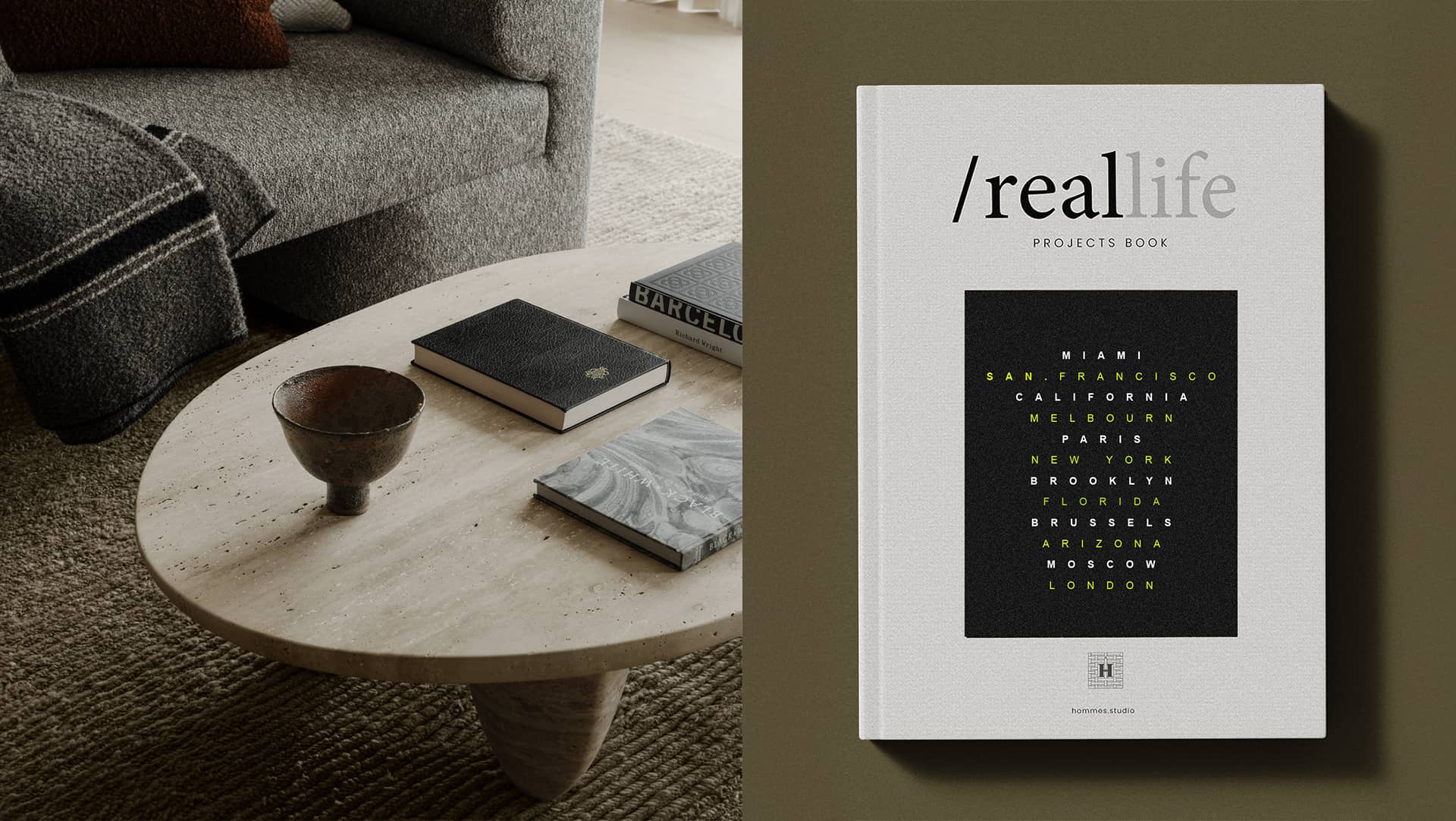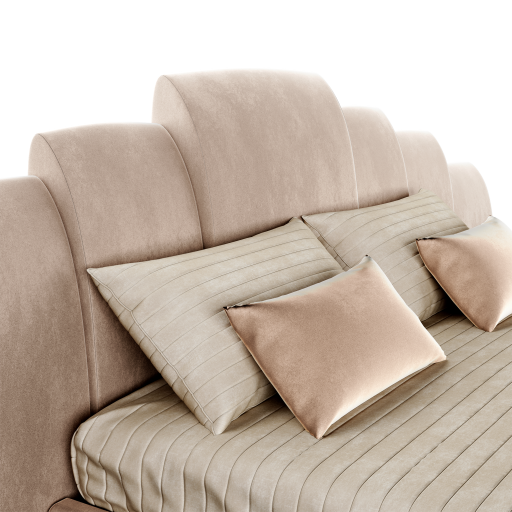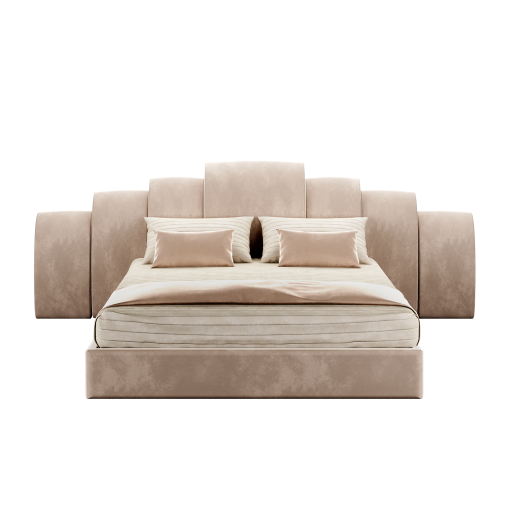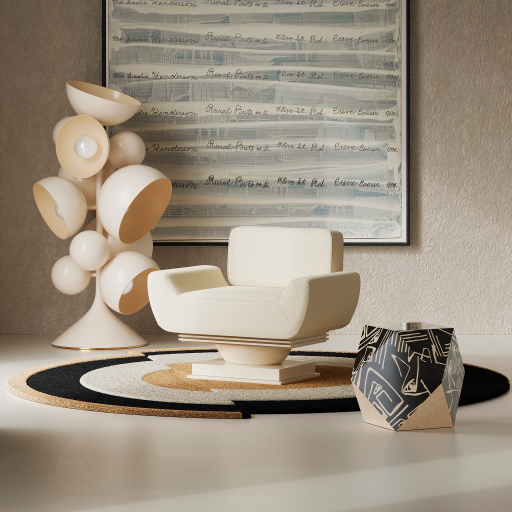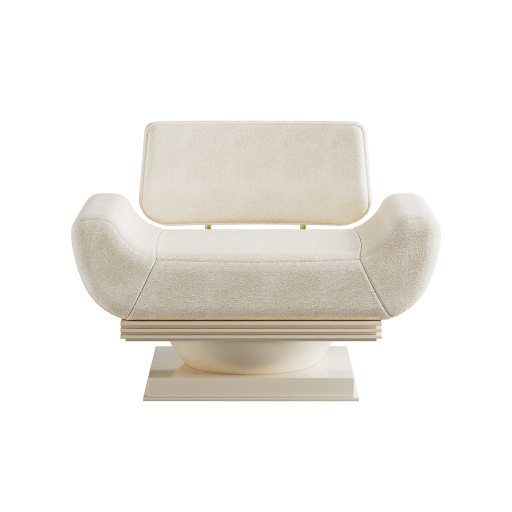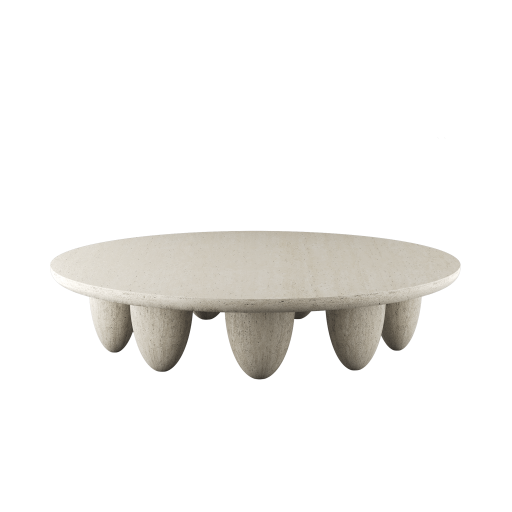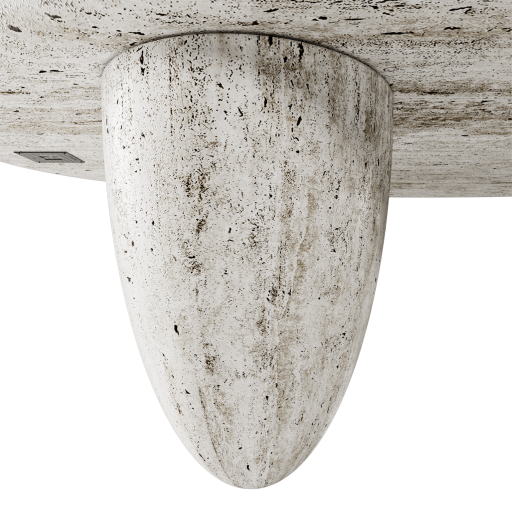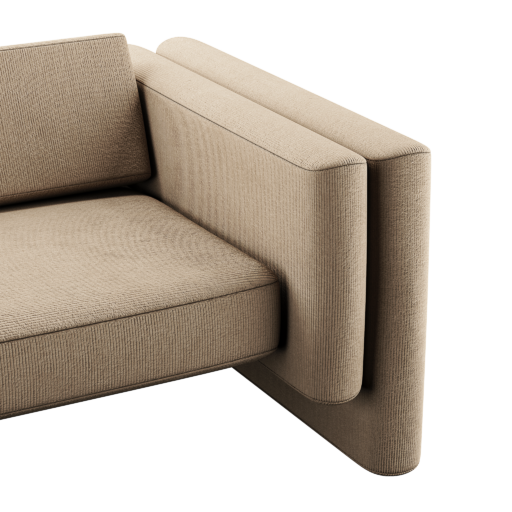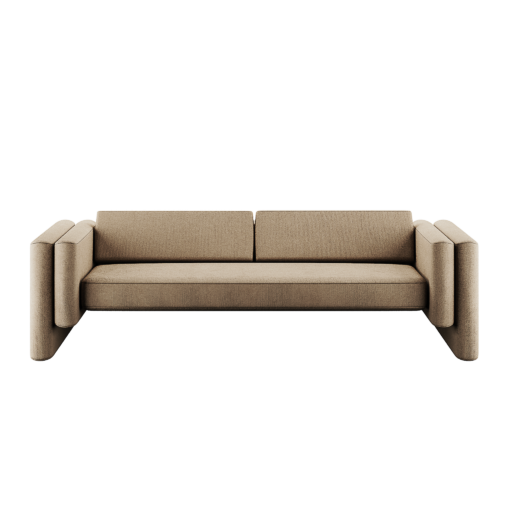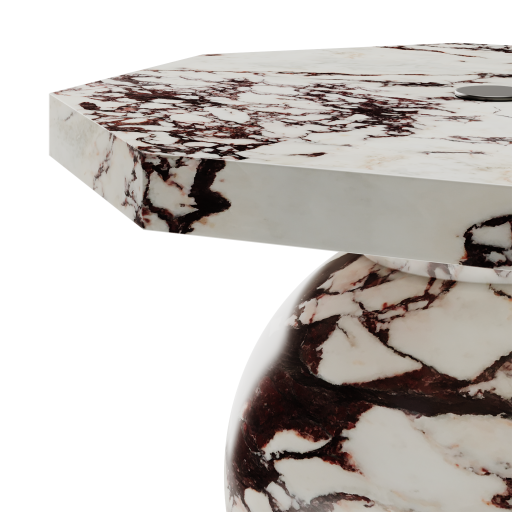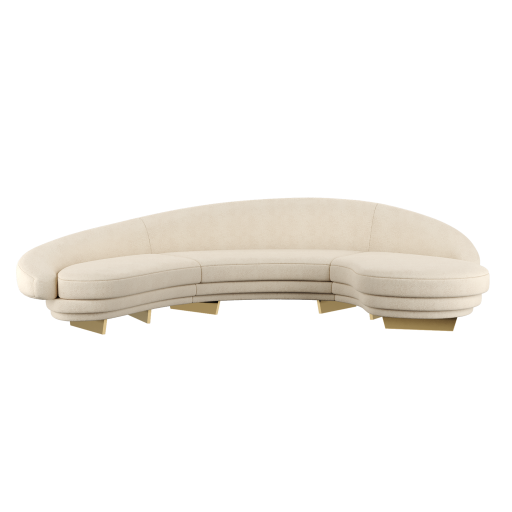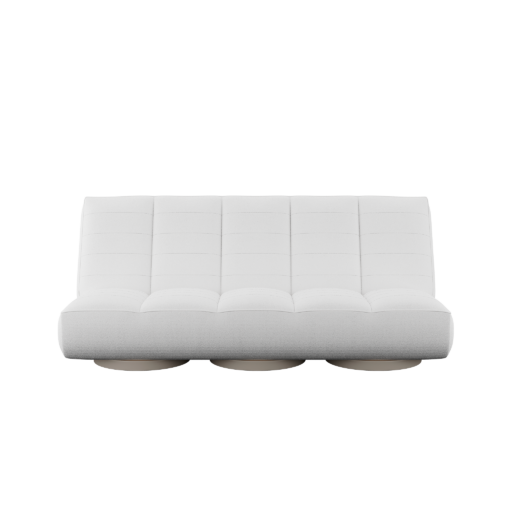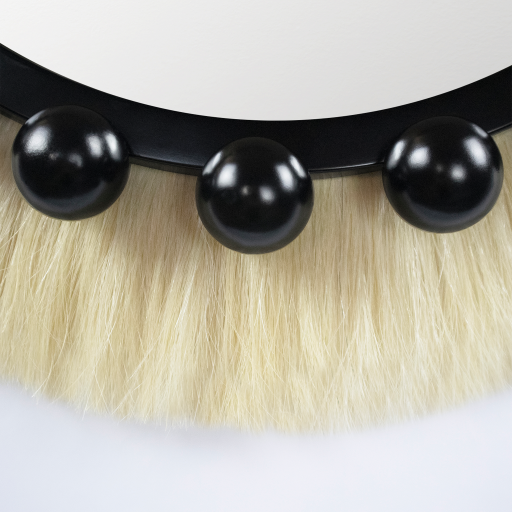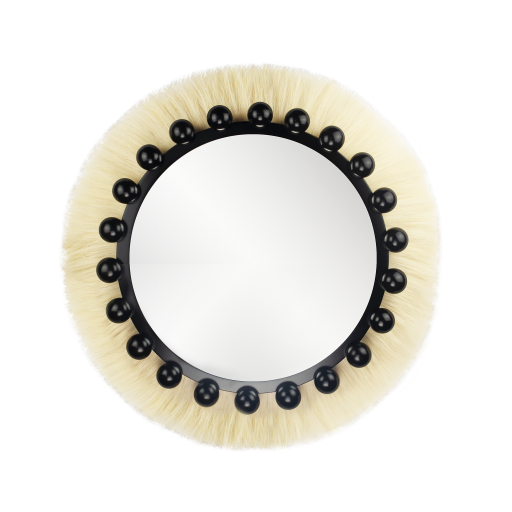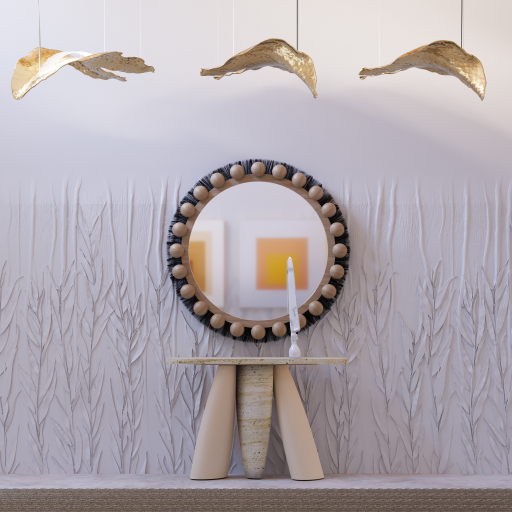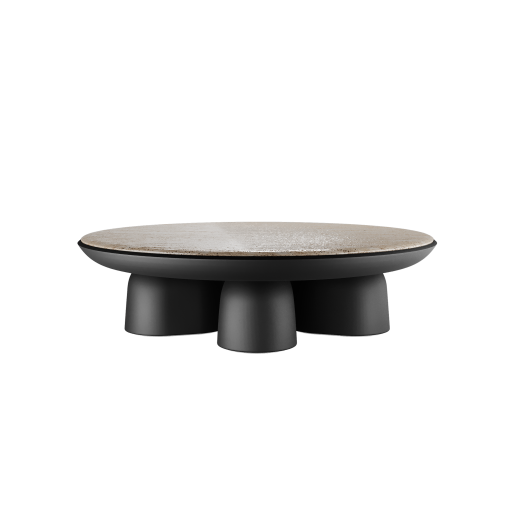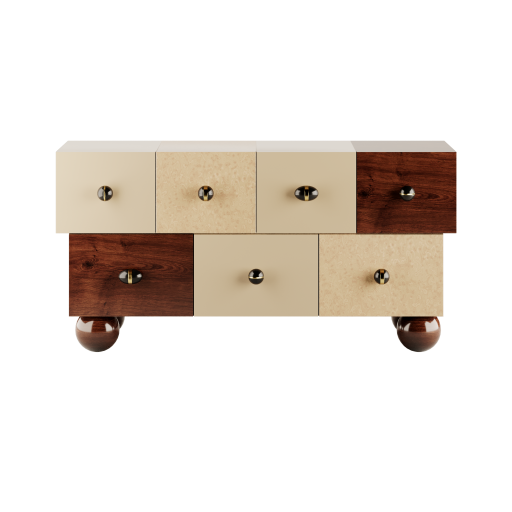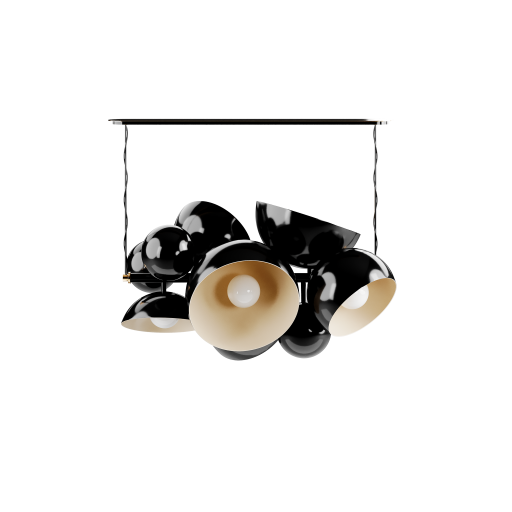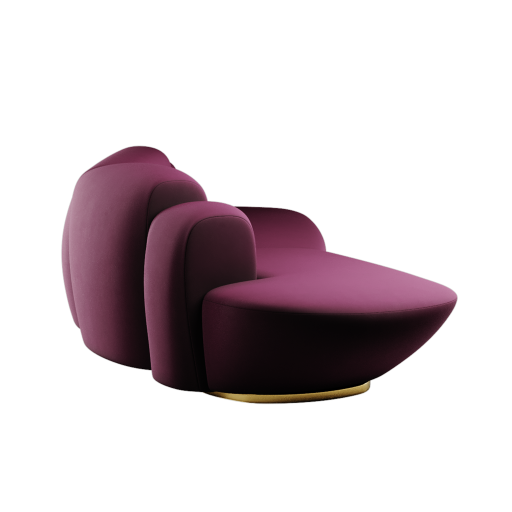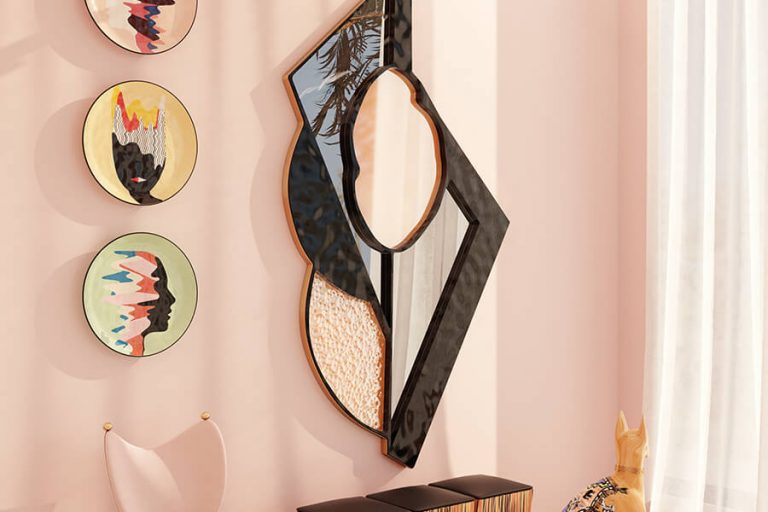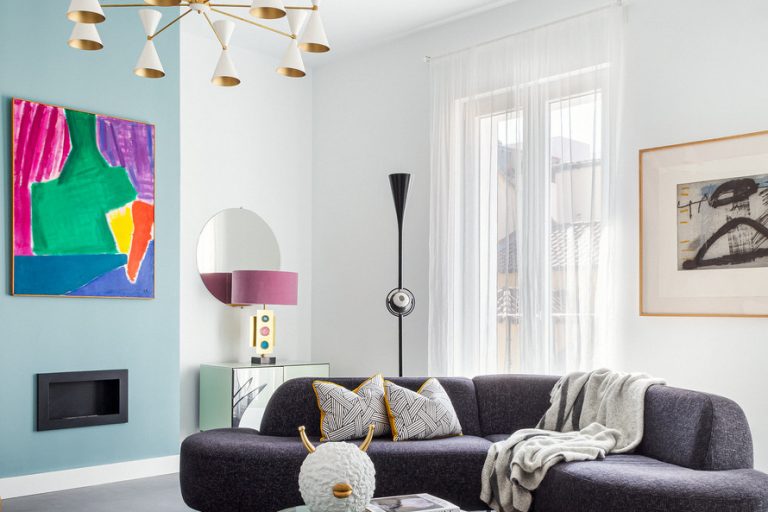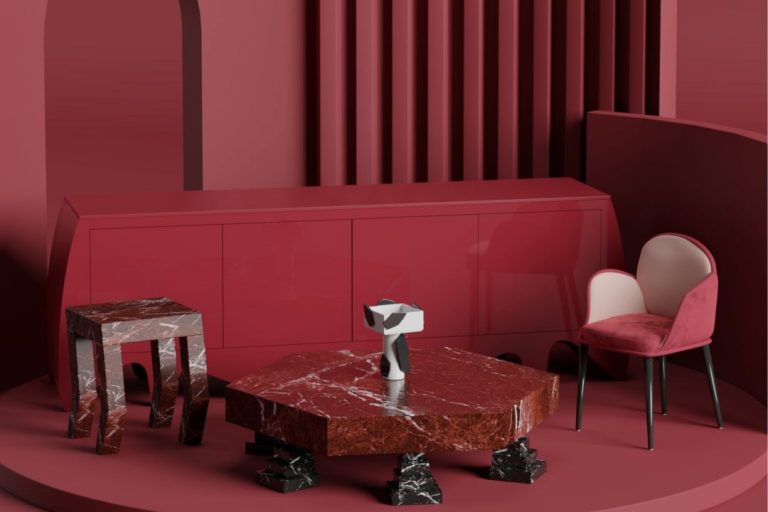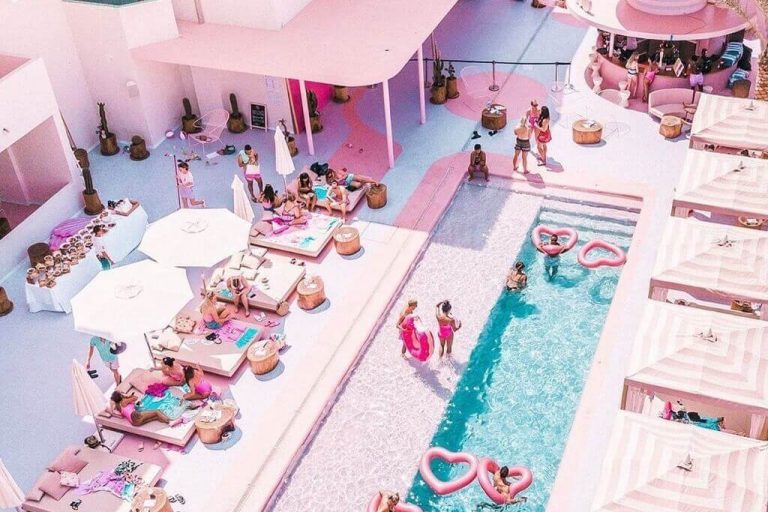Explore five stunning modern design projects that redefine luxury and creativity from Palm Beach to Brussels. Dive into the transformative power of interior design.
In the ever-evolving world of modern design, interior designers continually push boundaries to create beautiful and functional spaces. Contemporary design is defined by clean lines, open spaces, and a minimalist approach that transforms ordinary rooms into exceptional environments.
The essence of the design lies in simplicity, elegance, and functionality, as demonstrated in the featured projects. Whether it’s a historic home in Palm Beach or a luxurious California estate, these interiors use contemporary design principles to create visually stunning and highly livable spaces. Neutral tones, natural materials, and thoughtful layouts highlight modern design’s enduring appeal.
These projects reflect the future of interior design, combining clean lines, thoughtful space planning, and the latest trends to create sophisticated and practical spaces. Modern design’s flexibility allows it to cater to diverse tastes, from minimalist to eclectic.
This article will explore five modern design projects, showcasing their versatility and creativity and revealing how they elevate each unique environment.
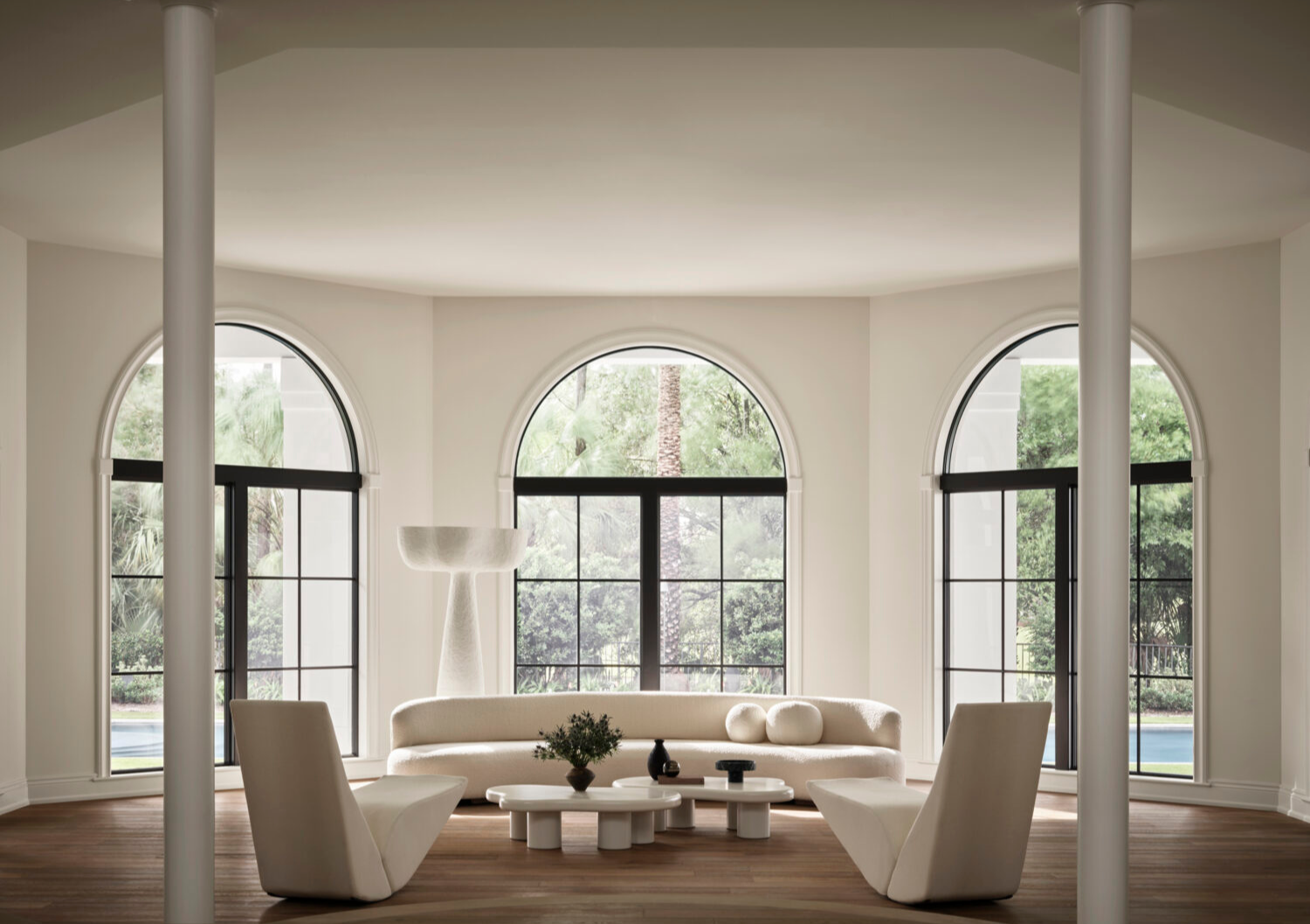
1. Modern Elegance: Palm Beach Interior Transformation by Tamara Angel
One of the most stunning examples of modern design is interior designer Tamara Angel’s transformation of a historic Palm Beach home. The project combines a contemporary design approach with a deep respect for the home’s heritage, creating a timeless and modern space. The design was centered around creating a luxurious yet comfortable environment that blends elegance with functionality.
Angel embraced contemporary design principles, focusing on clean lines and simplicity. The use of neutral tones, including soft whites and grays, helps to create a serene atmosphere throughout the home. Natural materials like wood and stone were incorporated to introduce warmth, enhancing the home’s connection with nature and its surroundings.
The spacious rooms and open-plan layouts reflect modern design’s openness and freedom, while carefully chosen furniture and art pieces add personality and character.
This project exemplifies how this specific design can create stylish and functional spaces, perfectly balancing creativity and practicality. With the refined touch of TAPIS Studio, the use of color, pattern, and texture in this family home demonstrates how this design can be adapted to fit different needs and lifestyles, proving that contemporary design can be as playful and vibrant as it is sophisticated.
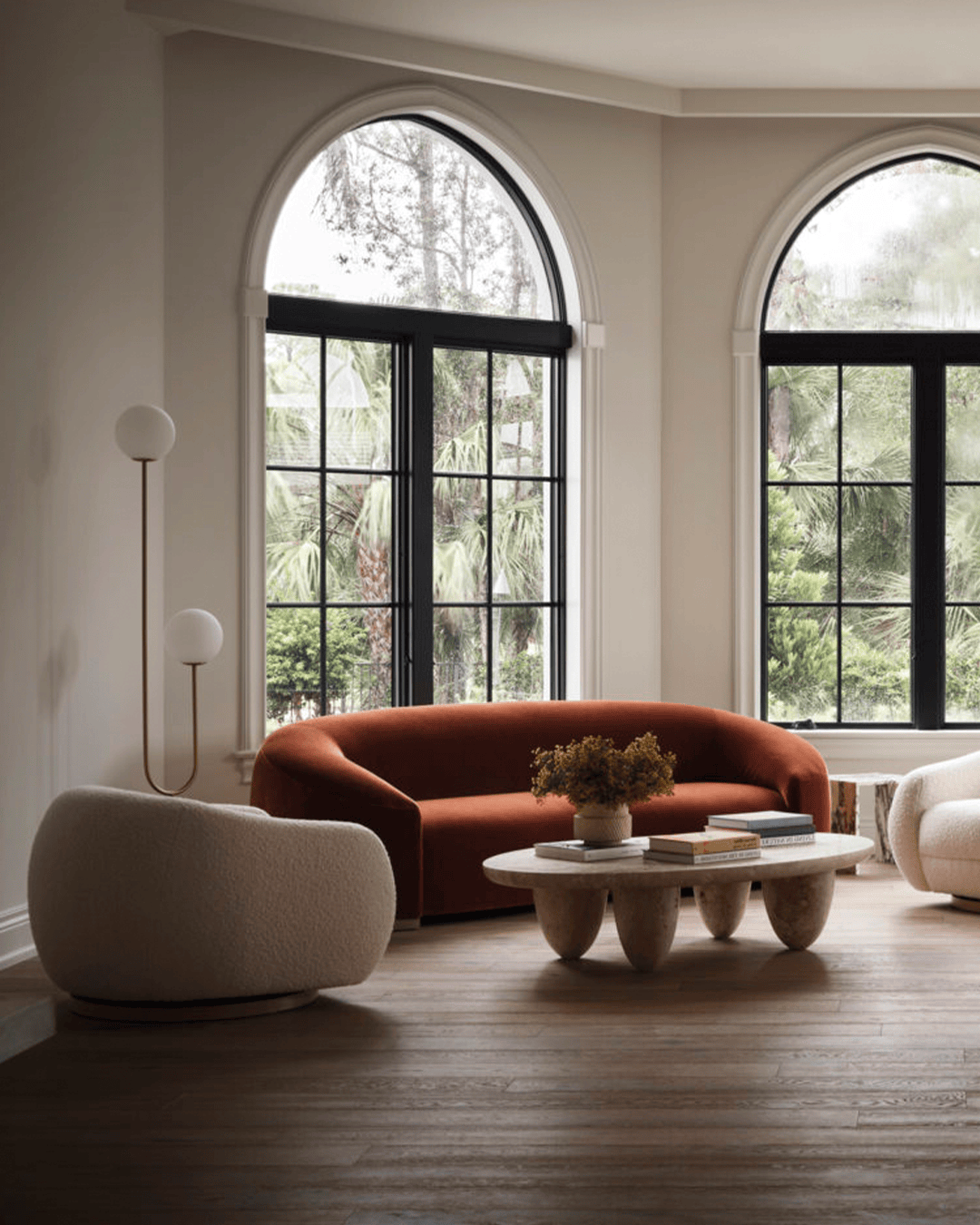
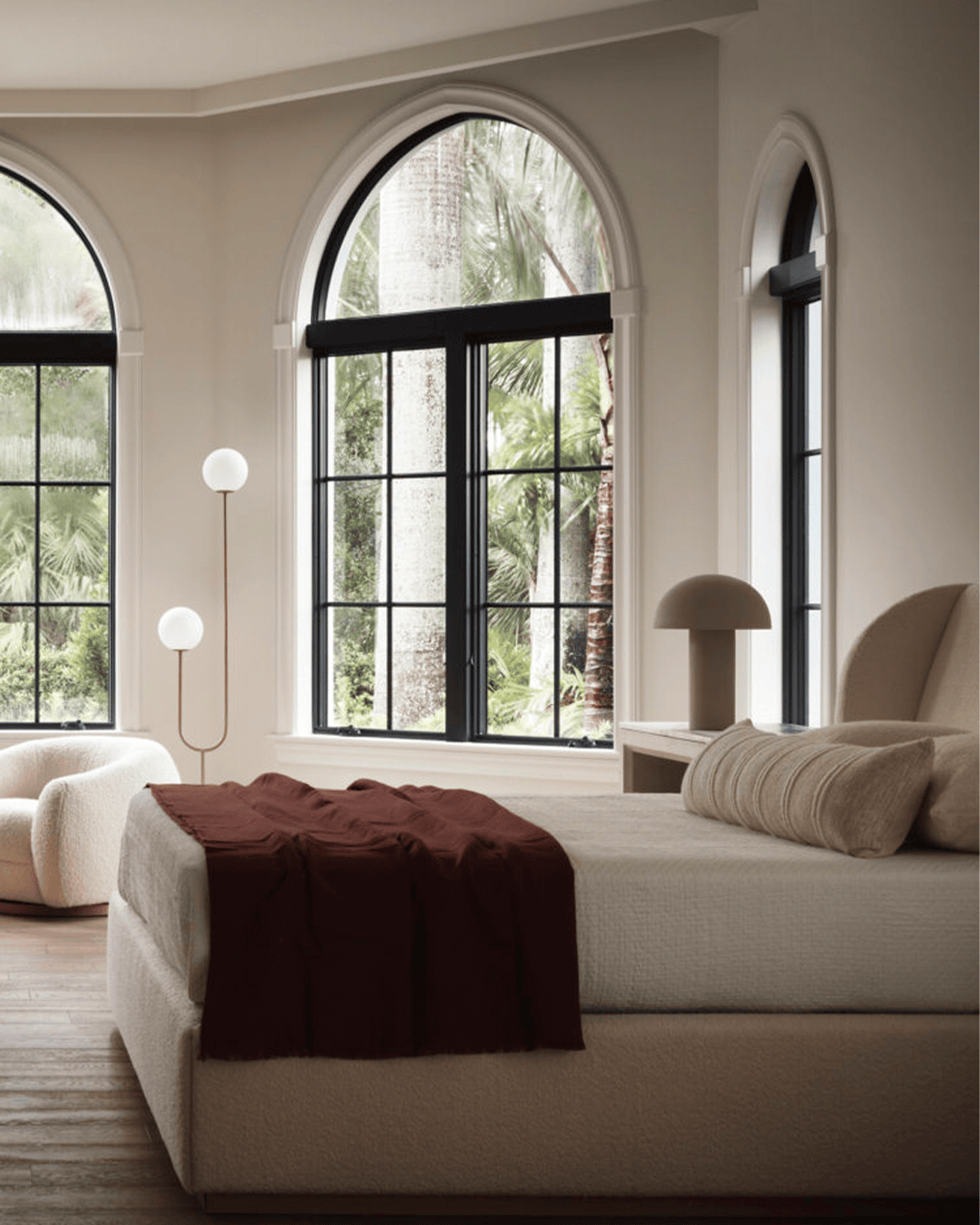
2. Nate Berkus & Jeremiah Brent: A Collaborative Modern Design Vision
Famous interior designers Nate Berkus and Jeremiah Brent are known for their unique collaborations, which merge their distinct design philosophies into stunning spaces. Their modern design approach focuses on creating living environments that reflect personal style while maintaining a sense of timelessness. Their latest project created a harmonious living space that balances comfort, luxury, and creativity.
The designers utilized modern design principles such as open layouts and sleek furniture pieces to ensure the space was stylish and functional. Neutral tones were used throughout, with pops of color and texture added through carefully chosen accents and artwork. Natural materials, such as marble countertops and wooden floors, helped ground the design in nature while maintaining a modern aesthetic.
This project is an excellent example of how modern design can prioritize warmth and intimacy. By incorporating personal elements and mixing the design with touches of vintage and eclectic décor, Berkus and Brent created a space that feels lived-in and personal while maintaining the contemporary design’s sleek, clean look. It shows how this design can feel inviting and luxurious, offering an example of how contemporary design can be homely.
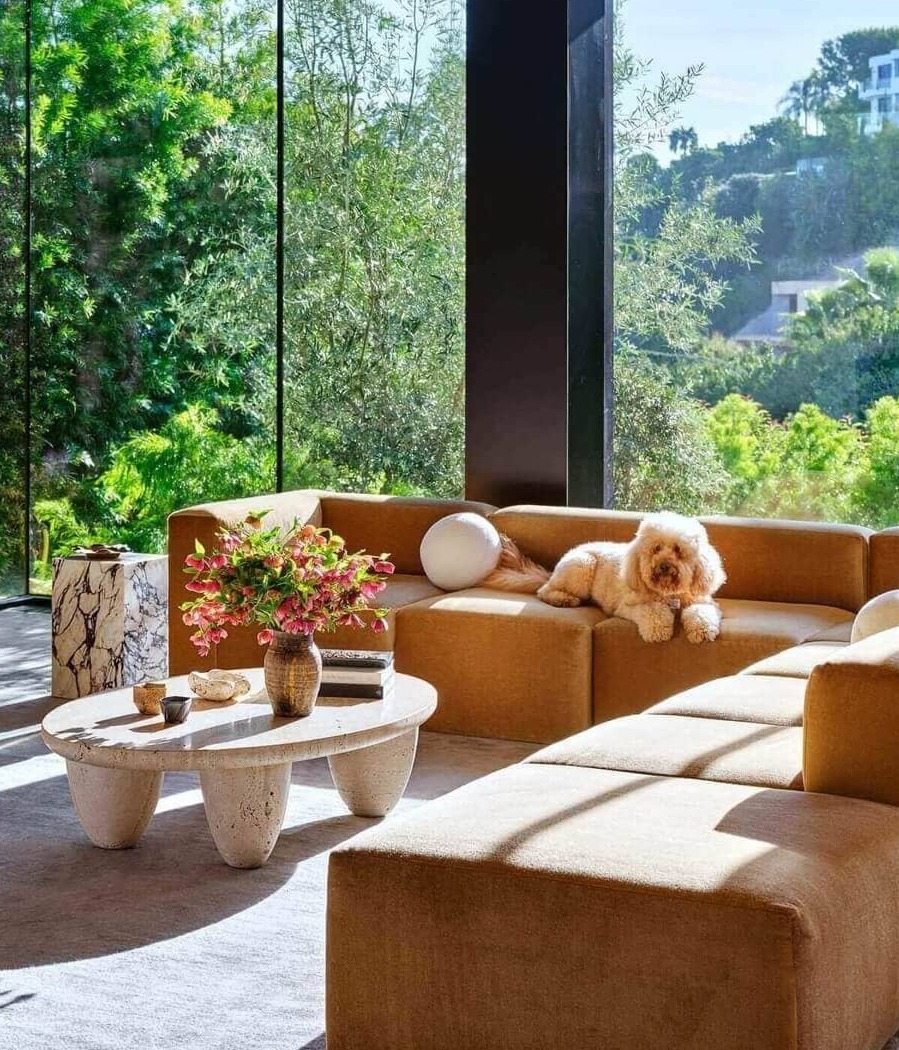
3. Huma Sulaiman’s Luxury California Home: A Modern Design Oasis
In California, interior designer Huma Sulaiman created a stunning luxury home embodying the best contemporary design. The house is a true oasis, featuring expansive windows, open spaces, and a minimalist aesthetic that promotes calm and tranquility. Sulaiman’s design was heavily inspired by modern design principles, focusing on simplicity, balance, and functionality while incorporating luxurious finishes.
One of the most striking aspects of the design is the use of natural light. The home’s large windows provide breathtaking views of the California landscape and flood the interior with light, making the space feel open and airy. The layout is open-concept, with rooms flowing seamlessly from one to another, creating a sense of connection throughout the home.
Modern design elements include clean lines, neutral color palettes, and natural materials like stone and wood throughout the home. The minimalist approach creates a calming atmosphere, allowing the luxurious design details, such as the high-end furnishings and custom lighting, to shine without feeling overwhelming. This project is an excellent example of how contemporary design can blend luxury with simplicity to create a sophisticated yet comfortable living space.

4. Aesthetic Alchemy: Claremont House by Simone Haag
In Melbourne, Australia, Simone Haag reimagined the Claremont House with a contemporary design approach that blended the raw beauty of materials with the precision of minimalist design. The project incorporated modern design elements and eclectic décor, creating a bold yet understated space that feels fresh and timeless.
Haag used modern design principles like clean lines and open spaces while playing with textures and materials like concrete, steel, and timber. The materials give the home a raw, industrial feel that contrasts with the minimalist design elements, creating a dynamic and inviting space. The open-plan layout allowed for easy flow between the living areas, making it perfect for entertaining.
The project is a testament to how modern design can be combined with eclectic elements to create a unique and personalized space. It shows that contemporary design doesn’t have to be sterile or cold—it can embrace warmth, creativity, and personality while maintaining sleek and functional qualities. The Claremont House exemplifies how the design can be transformed into something unexpected and wonderful.
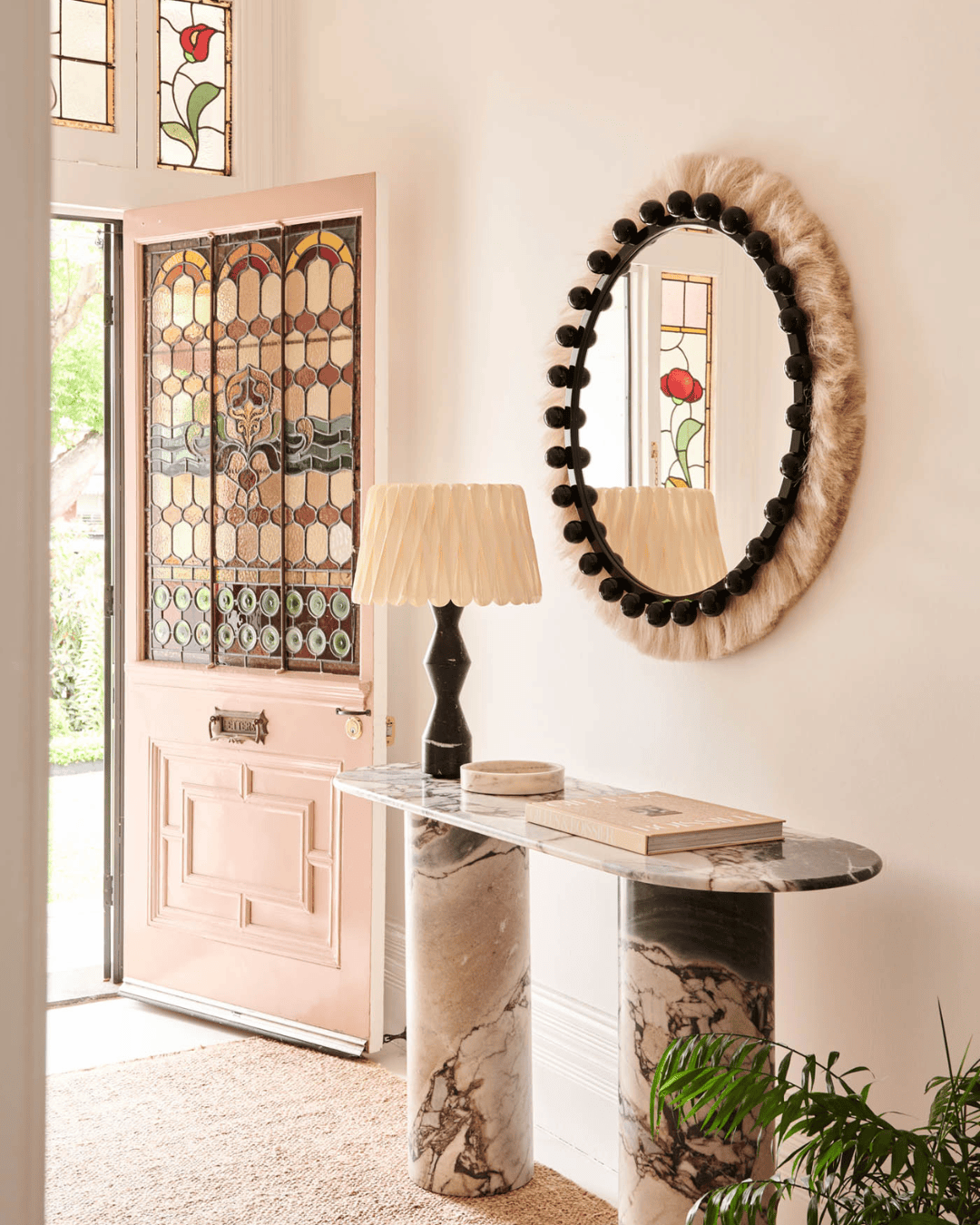
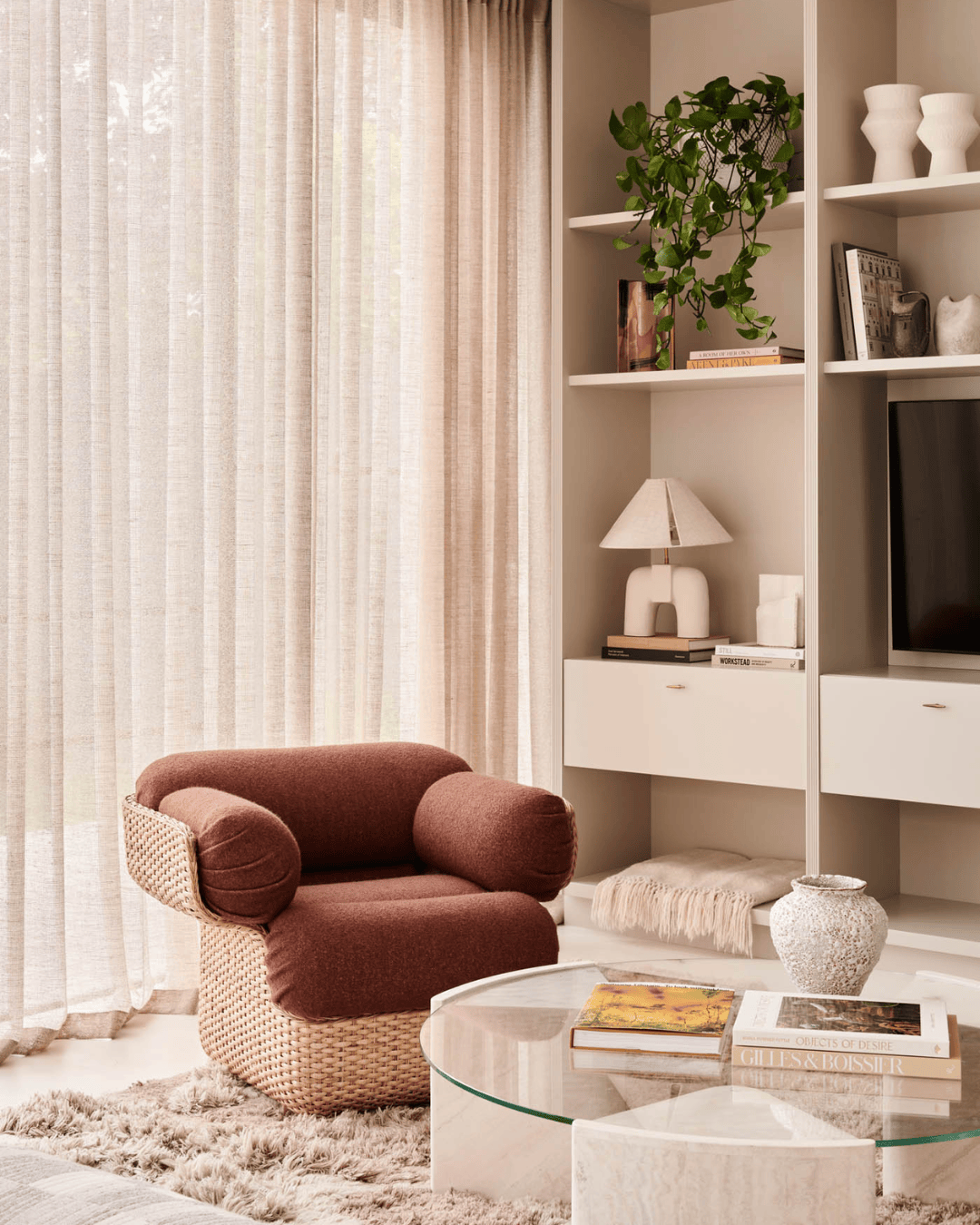
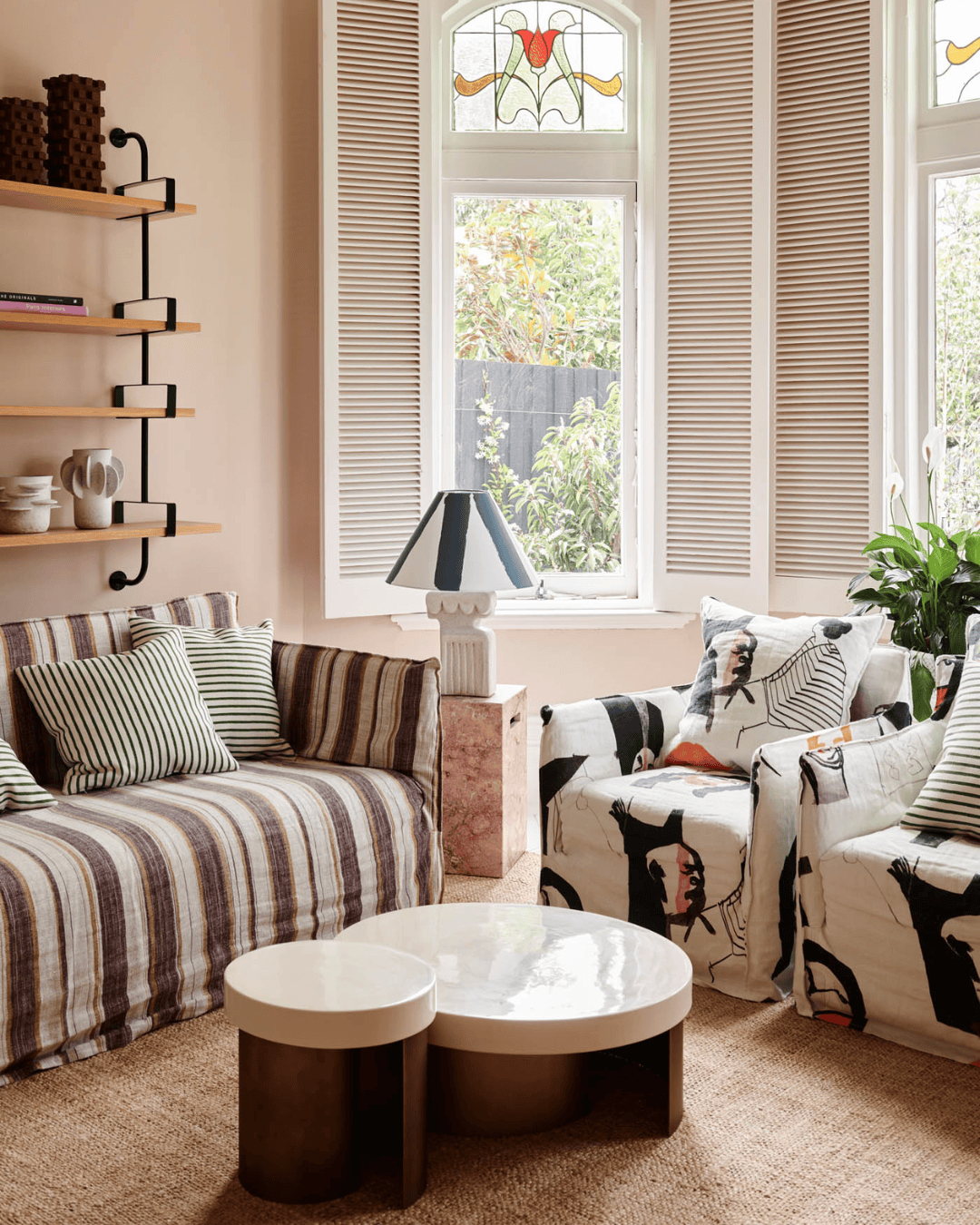
5. Vibrant Family Home in Brussels by Victoria Maria
Victoria Maria’s vibrant family home in Brussels is a lively example of how the design can be adapted to family life. The design focuses on creating a dynamic and colorful living environment that still adheres to modern design principles, such as open spaces and clean lines. The project showcases how contemporary design can embrace playful colors and patterns without sacrificing sophistication.
Maria used bold geometric patterns, bright colors, and unique textures to infuse energy into the space, making it perfect for a young, active family. Modern design elements like open shelving and minimalist furniture provided the functionality needed for a family-friendly environment, while the carefully chosen accents added warmth and character.
This project exemplifies how modern design can create stylish and functional spaces, perfectly balancing creativity and practicality. The use of color, pattern, and texture in this family home shows how modern design can be adapted to fit different needs and lifestyles, proving that contemporary design can be as playful and vibrant as sophisticated.
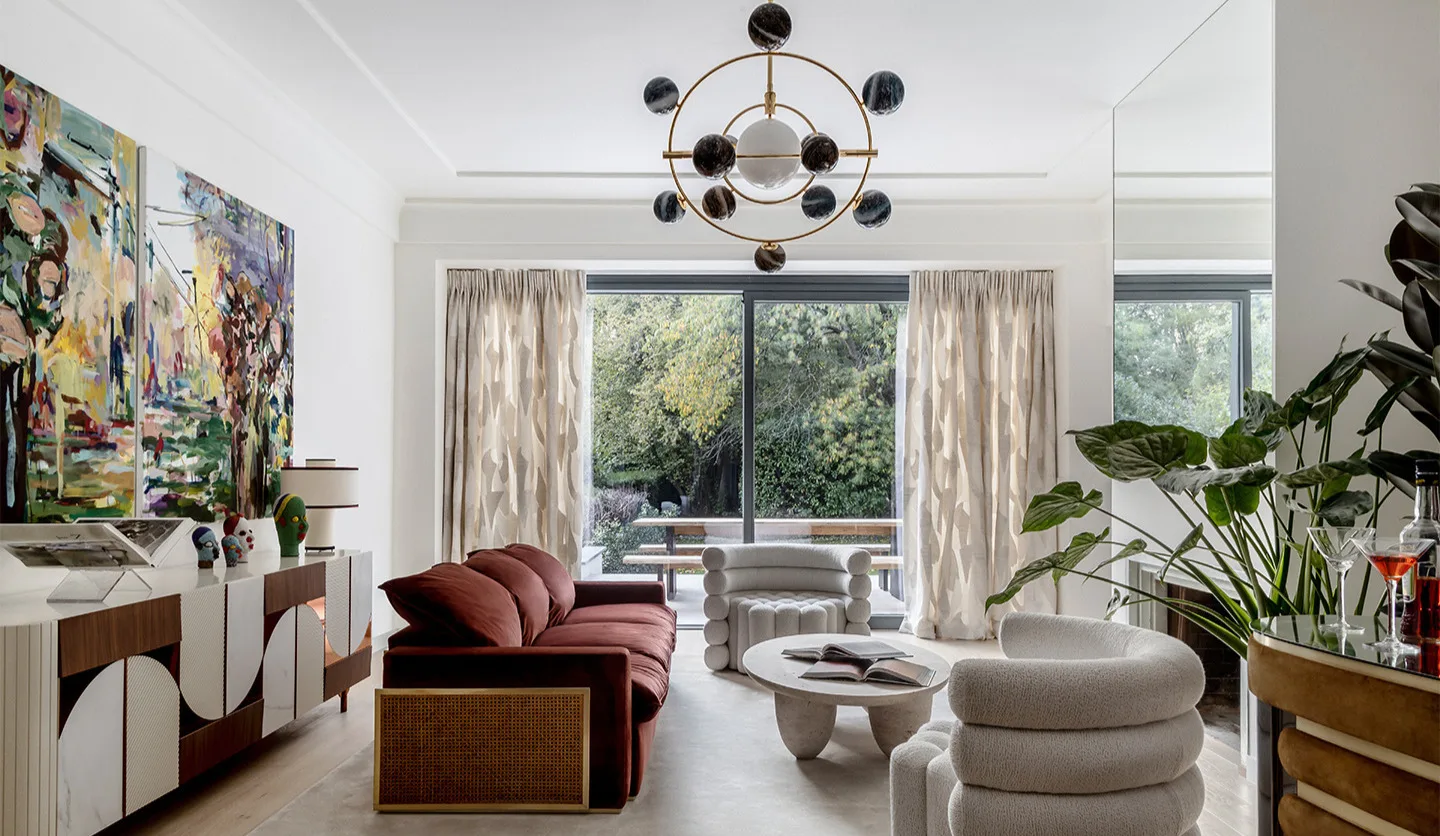
The five projects in this article showcase the transformative power of modern design, from historic homes in Palm Beach to luxury estates in California and vibrant family spaces in Brussels. These projects demonstrate that modern design can be applied in various contexts while maintaining elegance, simplicity, and innovation.
In 2025, modern design principles—minimalism, functionality, and clean aesthetics—will continue to shape interior trends at HOMMÉS Studio. For more inspiration, explore our Trends 2025 Ebook for a deeper dive into the latest design innovations.
